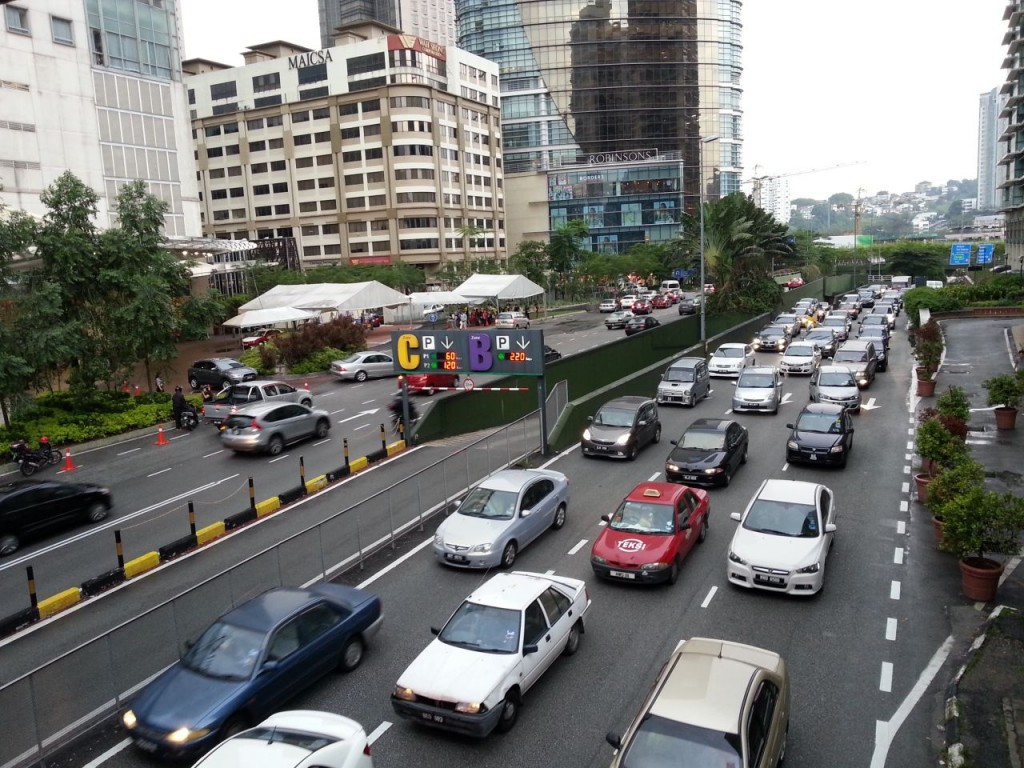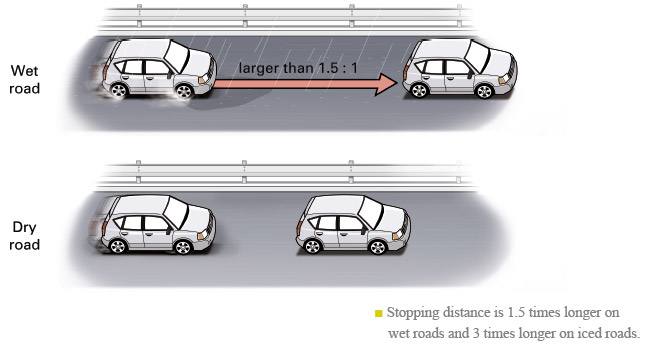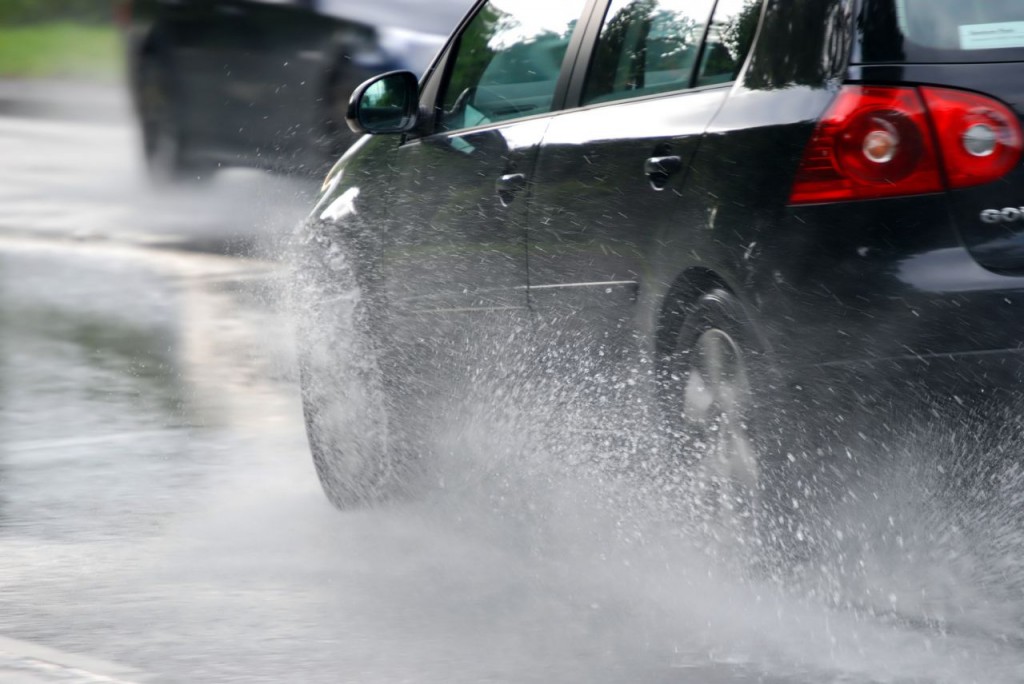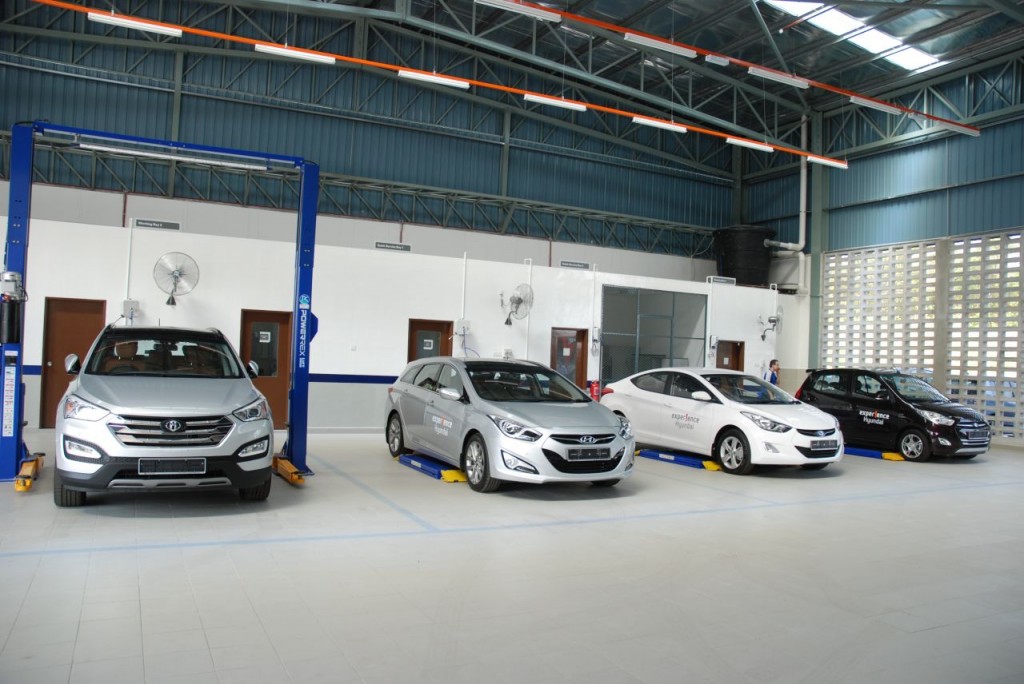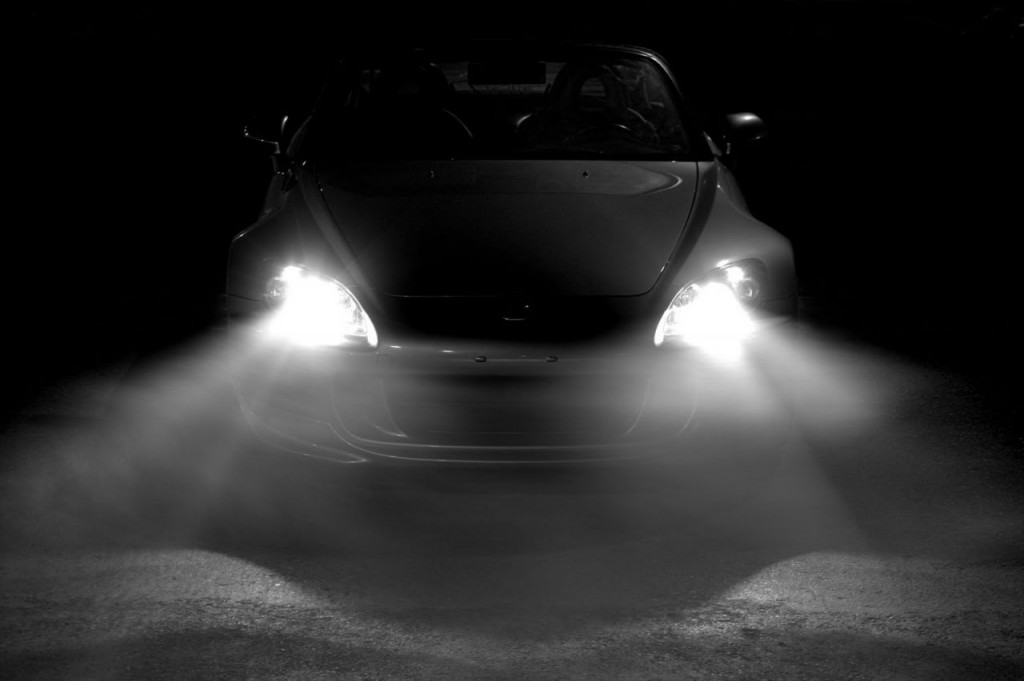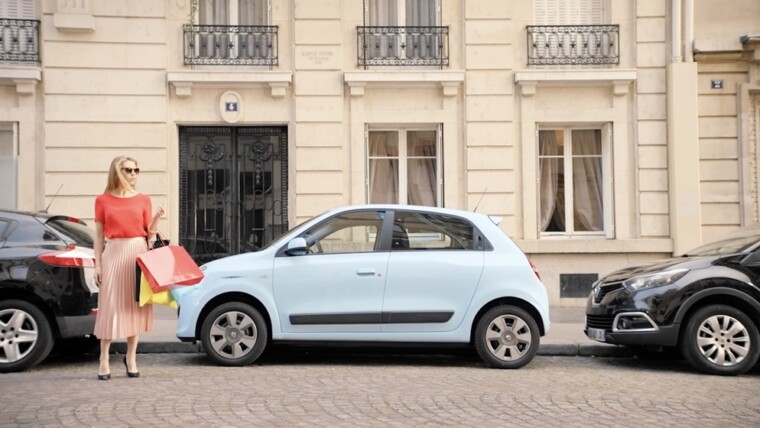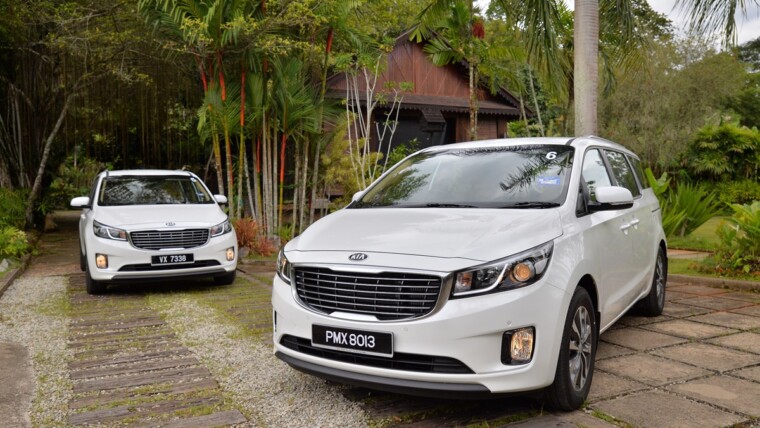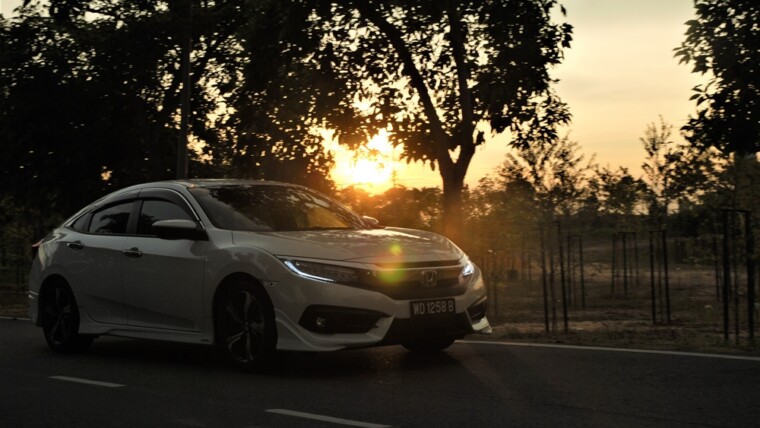Although the temperatures in Kuala Lumpur are fairly steady throughout the year, averaging between 22°C and 32°C, rain can fall at almost any time as often as 200 days in a year. Apart from that, we experience two monsoons in a year between March-April and October-November. Hence the possibility of you driving in the rain and even a flood is unavoidable. However, do you know how to drive safely in the rain? Here’s some tips you should keep in mind.
1. SLOW DOWN
Yeah, we are stating the obvious, but sorry we couldn’t help it because if we did not mention it in this article you’ll come and hunt us down for not reminding you to slow down. The general rule of driving in the rain is to decrease your speed consistently and increase the following distance because driving at a slower pace will give you more time react to rainy road conditions and if another car loses control. As a general rule of thumb, you’ll want to maintain four to six seconds’ worth of time between your car and the vehicle in front of you. More importantly, drive at the speed you feel most comfortable with.
2. KEEP YOUR FOCUS
To avoid getting into a collision especially when driving in the rain, make sure you pay extra attention to the task at hand. That means you should avoid doing things that could distract or take your mind off of the road. When driving, you should always stay out of the blind spot of other vehicles, especially lorries and trucks. Besides the risk of them not seeing you, if you get too close to other vehicles, you may end up getting doused with spray from their tyres, reducing your vision and putting your car at risk. If possible, avoid passing buses and trucks in heavy rain but if you have no choice, make the pass as quickly as possible, safely.
3. BE AWARE OF FLOODING
If you come across an area that has been flooded, the best precaution is to simply avoid it. I know it’s very tempting to just go across that pool of water so that you can reach your destination as soon as possible, but if you can’t tell how deep it really is, you should not risk driving through it because flooding the engine of your car can cause the engine to seize and water can actually ‘float’ your vehicle and take it off the road. If you live in an area with frequent flooding and you know that you’ll be driving in the rain, leave your house early and allow extra travel time in case you need to find an alternative route.
4. AVOID HYDROPLANING
Hydroplaning happens when your vehicles’ tyres float on water and lose contact with the ground. If your car starts to hydroplane, take your foot off of the accelerator slowly and steer straight or follow where your wheels are moving, gently turning it till it regains grip. Do not yank hard on the steering wheel. Remember that you should not press the brake hard when hydroplaning because this may cause the car to skid out of control. As the car slows down, you’ll be able to control your car once again. Remember that the most important thing is not to panic and lose control of your vehicle in situation like this.
At the same time when driving over standing water, there is a chance that your front tyres will react over it causing your steering to turn. If you can’t avoid standing water, make sure to hold firm to your steering wheel, with both hands preferably. Otherwise you might just lose control of your car especially when our roads or not even and there are plenty of standing water especially during a rain.
5. KEEP CALM AND BRAKE GENTLY
Stopping on a wet road will take a longer than time usual, so start to slow down sooner than you normally would. This will also give the driver behind a heads-up that you are slowing down. You can also prevent skids by pressing the brakes slowly and gently while your car is pointed straight ahead. If you depress the brake under wet conditions while you’re in a corner, or while you’re turning, you’re more likely to put the car into a spin. So anticipate the corner up ahead. Slow down before you get to a corner by taking your foot off the gas pedal, and brake while wheels are in a neutral, straight line position. Then take the corner slowly. Remember that you should always use mild pressure on the brake pedal when braking in the rain, especially for cars that are not equipped with anti-lock brakes (ABS).
In the event that you are cornering and then have to brake suddenly, for example if you take one of those high exits and suddenly you see a car in front broken down, if you hit your brakes hard and engage the ABS (you will know when you feel the brakes vibrating), release the brake and brake again. Continuing to brake with the ABS engaged whilst cornering will make you slide out of your lane and may potentially hit other cars. But as we advocate that prevention is better than a cure, stick to the speed limits especially at long sweeping turns when you are not able to see the road ahead.
6. SERVICE YOUR CAR REGULARLY
Driving with incorrect tyres can make your vehicle more prone to hydroplane. So make sure you check your tyre pressures regularly and make sure they are properly inflated. If you would like to learn more about your tyres and how maintain them, click here. Apart from that, you should also remember to replace wiper blades at least twice a year. For an older car, you may need to purchase a new wiper arm, as these can bend over time and lose the pressure needed to properly clean the wind shield. Some wipers are definitely better than others, so seek recommendations from your regular retailer, or better yet, your car enthusiast friends.
In addition to regular maintenance, prep yourself for possible adverse weather scenarios. Many of today’s vehicles offer features such as anti-lock brakes, traction control and electronic stability control, all designed to help you manoeuvre the car as you drive, so you should understand how it works.
8. TURN ON YOUR HEADLIGHTS
Sometimes, heavy rain can cause poor visibility of the road ahead. So don’t forget to turn on your headlights to help you see the road better and equally importantly to allow other motorists to spot you. However, you should avoid using high beams because it could obscure your view as the glare will reflect back at you off the rain droplets. If your car is equipped with front spot-lights, you may find it helpful to turn these on, as they throw a little extra light on the road while making your car easier to see.
If your car has rear fog-lights, use them only in very adverse weather conditions, as these may be quite blinding to drivers behind you. NEVER use your rear fog-lights during normal weather driving! All cars equipped with rear fog-lights have an amber indicator that lights up on the instrument cluster when they’re on, so please remember to switch them off at night if the weather and visibility is fine. And yes, never drive with your hazard lights blinking all the time, those should only be activated if you are stopped during an emergency, or used intermittently to warn drivers behind you that there’s a hazard up ahead.
If you feel that visibility is so limited that the edges of the road or other vehicles cannot be seen at a safe distance, perhaps you should pull over and wait for the rain to ease up. After all, prevention is always better than cure, BUT do not stop and wait in the emergency lane! Those lanes are for bona-fide emergencies only, so pull off the highway to a proper R&R or designated parking area and wait there. It’s also a good excuse to take a break.
AF hopes you have found this article helpful, in future we’ll discuss the do’s and don’ts of long distance driving, stay tuned!
[Compiled by Alia Zaharin & Chris Wee & Mark Leo]
Other posts by AF Newsdesk


